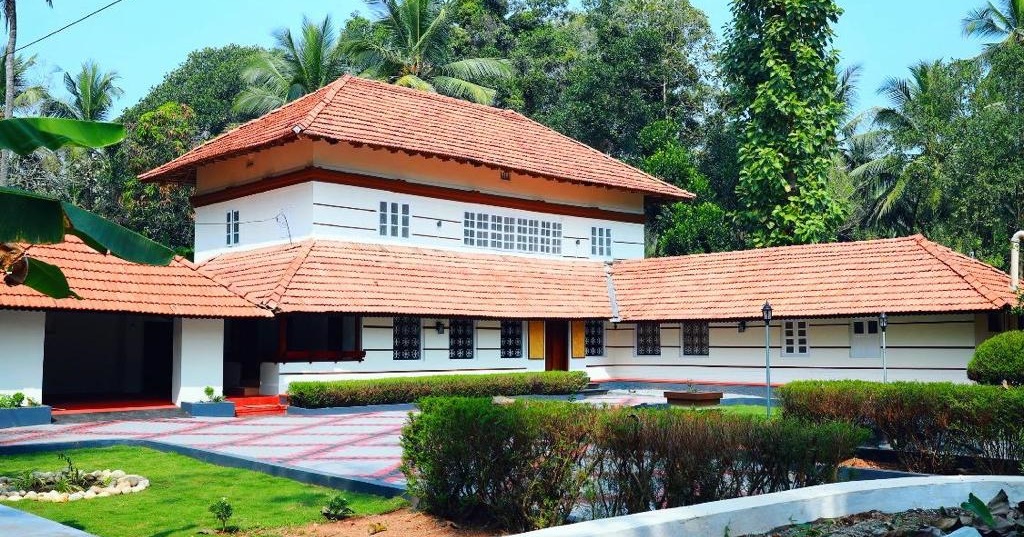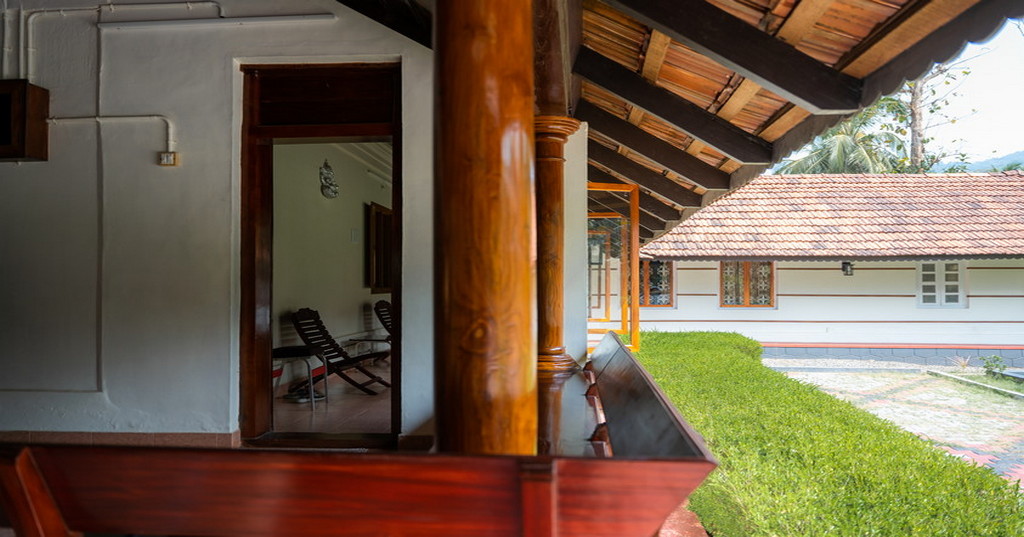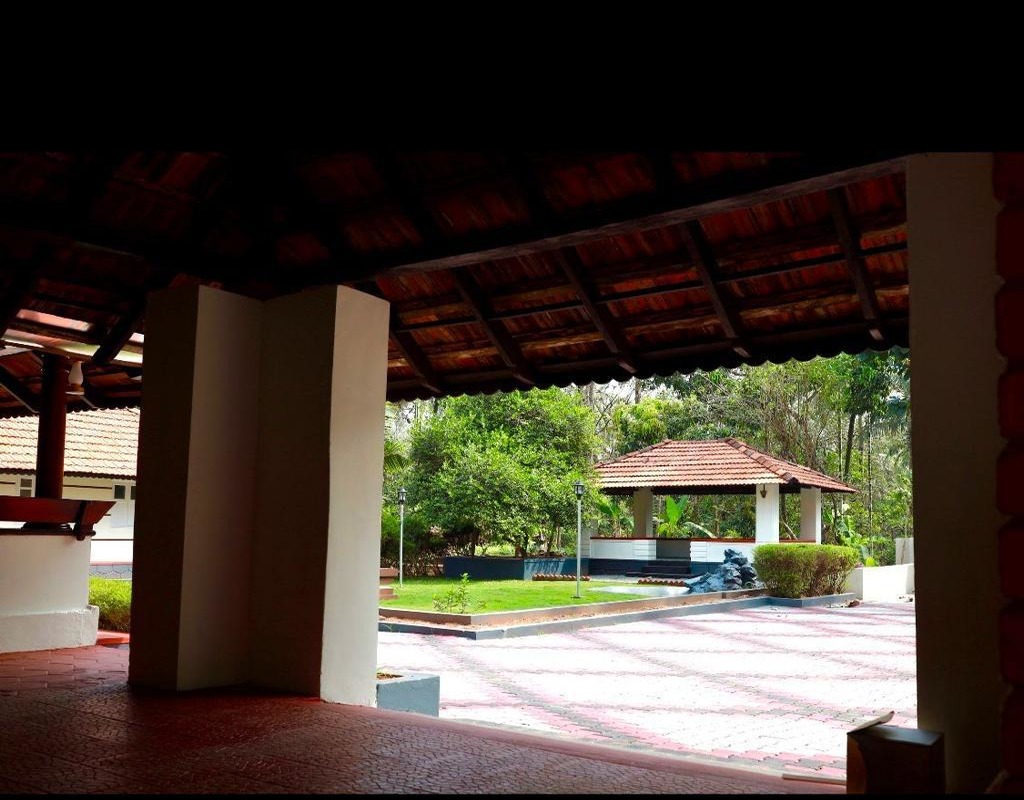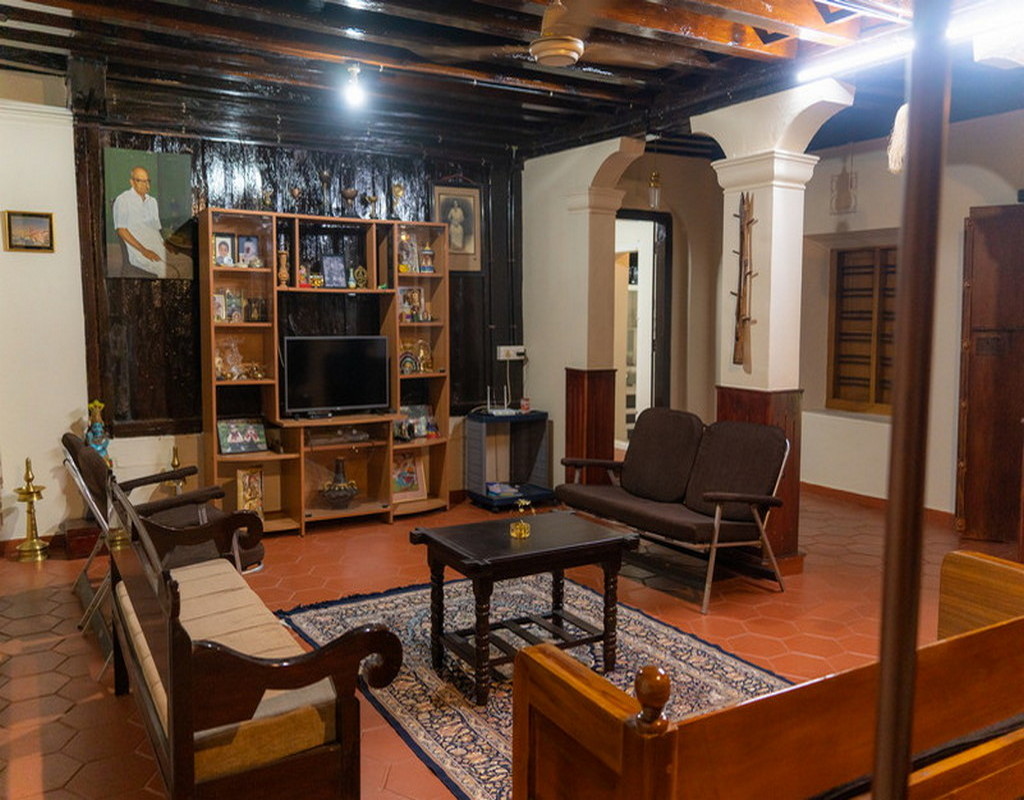About Us
The best Heritage Home Stay around
AAYIRAM NAAZHI KOVILAKAM / CHENGOD KALAM is a holistic embrace of tradition,sustainability, and a connection to the roots. Nestled amidst the lush expanse of the WesternGhats, AAYIRAM NAAZHI KOVILAKAM offers a tranquil escape from the bustle of modern life. Within its sprawling three acres of private grounds, Kalam stands as a testament to theillustrious history of the Royal family of Valluvanad.
Originally serving as a granary for the royal household in the early Twentieth Century, Kalam has been lovingly renovated by the late Mohan Raja, a revered member of the family. The traditional teak-panelled chambers, known as 'Pathayam', were intended to keep the produce dry and cool. With over four decades of stewardship over the family's rubber farms, Mohan Raja has transformed Kalam into a harmonious blend of heritage and contemporary comfort.

Rooms
Facilities
Gallery












Activities
Activities And Experiences You Could Have At Nilambur
Attractions
Do's & Don'ts
Find Us
- Chengode Heritage
Chengode Kalam
Adakkakundu p o
Kalikavu - Ph: +91 9446332600
+91 9446332500
+91 9645332700 - chengodheritage@gmail.com













